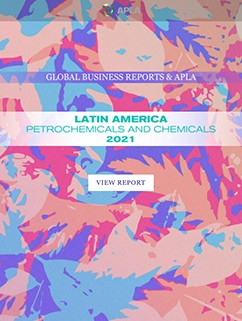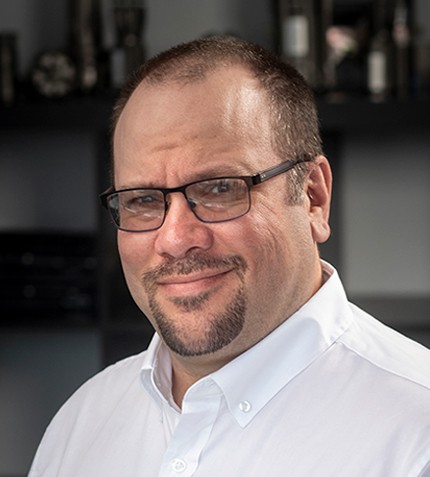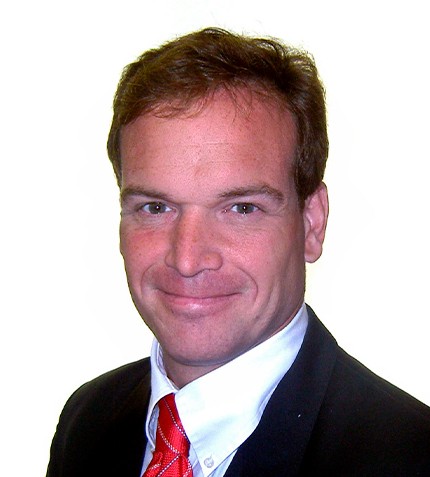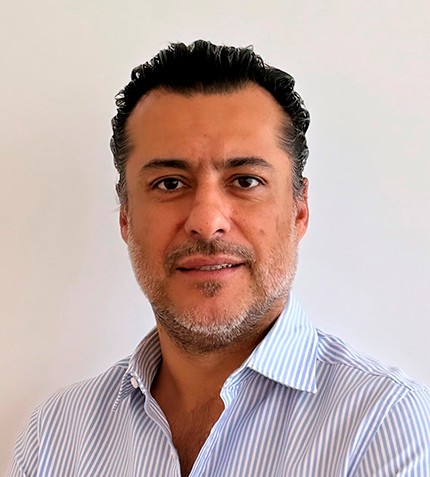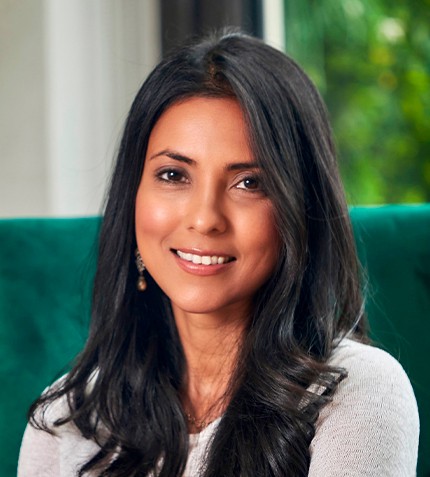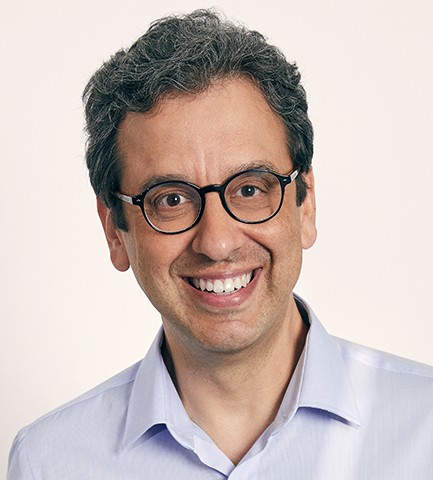
"Today, the market is still growing and there is still an increased demand, but which can now be better supplied to."
RELATED PUBLICATION
Edison Terra
VP OLEFINS AND POLYOLEFINS – SOUTH AMERICA, BRASKEM
What have been the main milestones achieved by Braskem in the last 12 months, and where is product demand currently coming from?
Since the second half of 2020, we saw a strong increase in demand as industries started to recover from the impacts of the pandemic. Production chains were to some extent disrupted due to the fact that they were not prepared for this significant demand increase. In Q1 2021, a better balance between demand and production started to emerge as production chains were gearing up to supply to the demand. Today, the market is still growing and there is still an increased demand, but which can now be better supplied to.
Braskem has excess capacity in both South America and North America to complement the demand we have in Europe. However, due to increased demand in many of the Latam regions we have production assets in, we have decreased international flows and exports to serve the domestic markets.
Can you explain how Braskem has been building a digital strategy for its supply chain?
Markets experiencing unbalanced supply chains have mainly been affected by logistical disruptions. The prices of maritime freights have increased significantly and there is a lack of available containers. Braskem has started to build digital initiatives and we have been working hard to improve our production planning and scheduling processes internally. Digital solutions bring more value and opportunity to improve the capacity and utilization of our plants, which allows us to be more resilient and prepared for increased demand.
Although Braskem’s assets are primarily designed to fulfill the needs of the region they are located in, there are exceptions. For example, we produce green polyethylene in Brazil due to ample feedstock available from sugar cane, but the largest volume of this product is exported to Europe and Asia. Digital production planning and scheduling initiatives optimize this process.
To what extent could the development of Brazil’s pre-salt reserves impact the availability of domestic raw materials, and is this feasible considering the current trend for investment in renewables?
The development of projects such as pre-salt reserves could increase the availability of raw materials in South America, especially Brazil, and I believe these development projects are still feasible in a world where investment in renewables is also an option. The sources of feedstock being developed in Brazil and Argentina are expected to be very competitive and will become a reality at the right time from an economical perspective.
Can you provide examples of some of Braskem’s latest innovations?
Braskem’s renewable-source polyethylene wax complements the company’s portfolio of green polyethylene products. Over the years, a lot has been done to enhance our traditional portfolio, with most of our efforts being complementary to our interest in renewable feedstock and a circular economy. We have seen significant growth in our green EVA products, which is mainly supplied to the footwear industry. There has also been a relevant increase in our portfolio of resins with post-consumption residue content. We are investing to have our new mechanical recycling line up running by December 2021, which will have a 14,000 mt/year capacity.
What were the main findings from Braskem’s new commitments to sustainable development released in May 2021?
Braskem’s commitment to sustainability has been part of our story since establishment. We have delivered on our commitments in improving our internal processes and being more sustainable in everything we do. Our new goals consider all dimensions of sustainable development including health and safety, economic and financial results, elimination of plastic waste, combatting climate change, operational eco-efficiency, social responsibility, and sustainable innovation. We intend to reach carbon neutrality by 2050.
How is Braskem working to increase the diversity and inclusion of its organization?
Braskem’s mission to contribute to a better society for present and future generations also includes the issue of Human Rights. This means that the company has been working to become increasingly inclusive and welcoming, ensuring equal opportunities for everyone through a Diversity & Inclusion Program. The objectives of the program are to ensure a working environment that is free of prejudice and discrimination, in which each person can be who they really are. We believe that you need diversity in order to solve complex problems, approaching scenarios in different ways.




